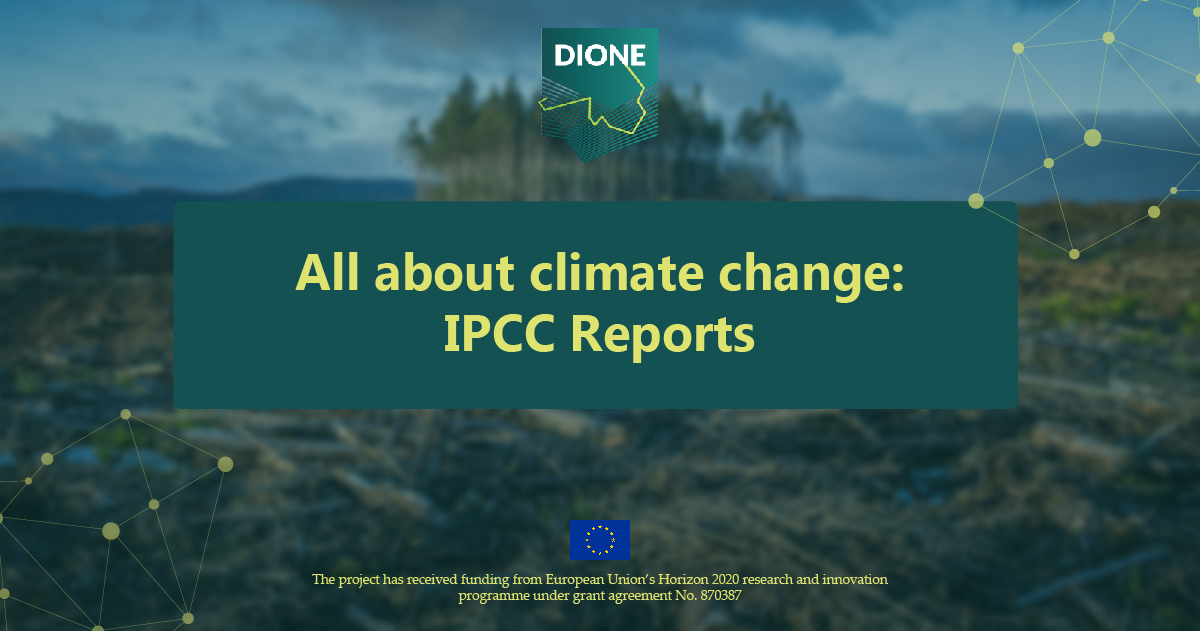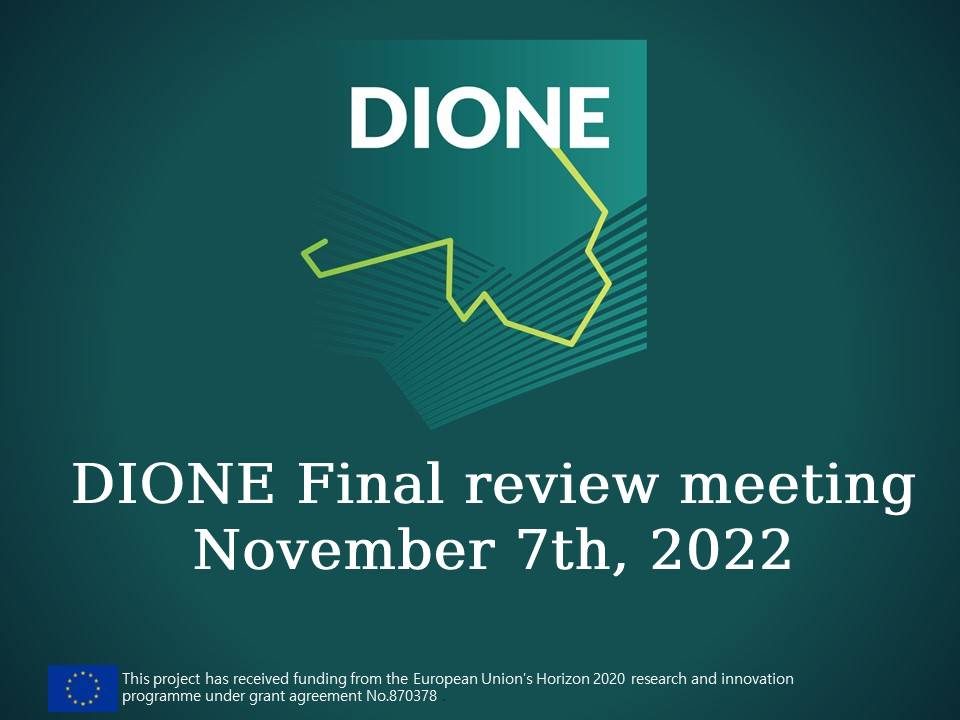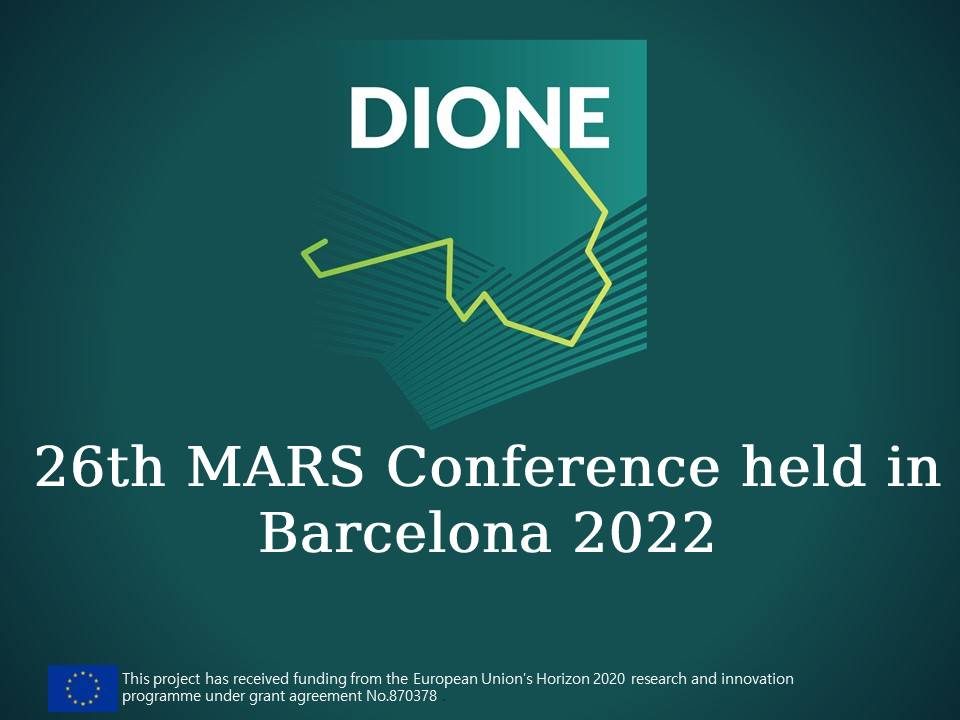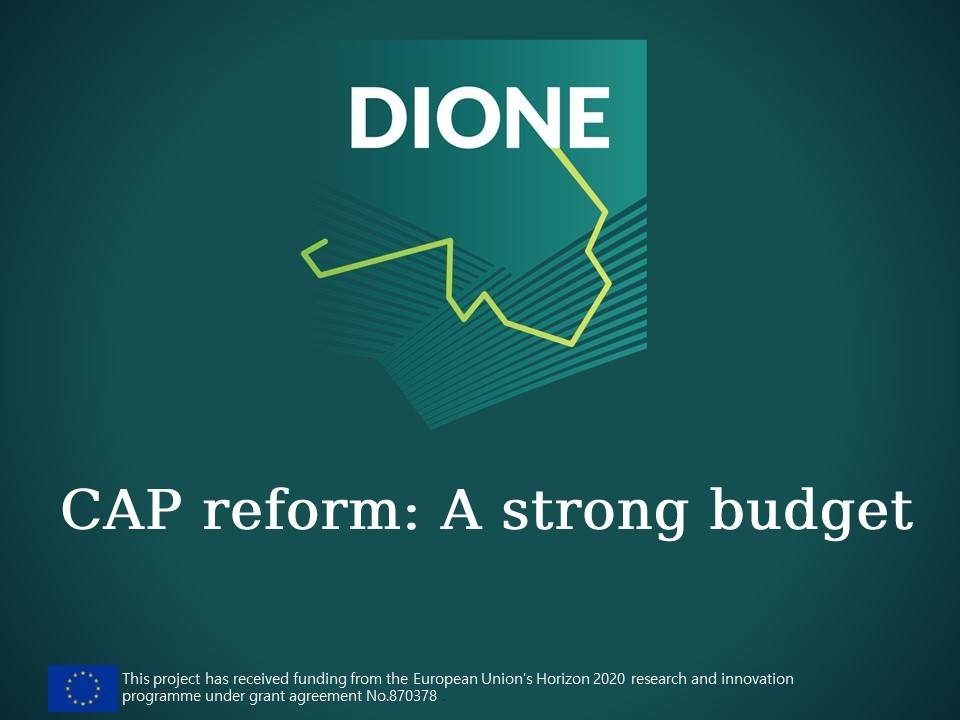
Apply for AI4Copernicus 1st Open Call!
August 11, 2021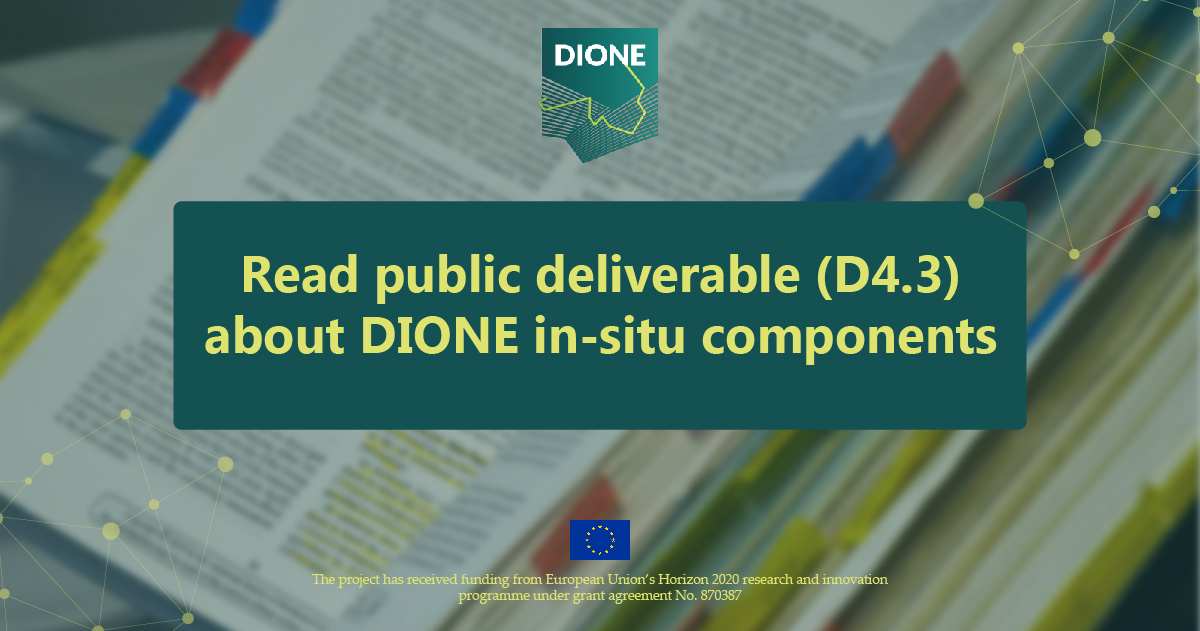
D4.3 Implementation and development of systems; SSS, data processing and geo-tagged photos framework alpha versions (alpha version)
August 24, 2021The Intergovernmental Panel on Climate Change (IPCC) is providing DIONE stakeholders with detailed reports about the state of climate. Read to find out about IPCC newest findings.
Rapid changes are happening in the atmosphere due to uncontrolled human activities. The oceans and land are warming up expressly, with risk of human population not being able to limit global warming to even 2°C. The question is, what is the level of awareness among people about these hazardous shifts? The Intergovernmental Panel on Climate Change (IPCC) is taking care of this issue by regularly releasing detailed reports on the state of climate. Moreover, the part of Sixth Assessment Report has been issued on 09th August 2021, with warnings about the need for urgent and large-scale reductions in greenhouse emissions to limit global warning. “Human influence has warmed the climate at a rate that is unprecedented in at least the last 2000 years”, the Report warns. Immense CO2 emissions are increasing global sea levels at an accelerating rate since 1970 (at a rate of about 4 millimetres per year (1.5 inches per decade)). The rise is happening due to two reasons: the melting of ice in mountain glaciers and at the poles, and the expansion of oceans, as its’ waters take up the heat. Therefore, it is crucial to limit the world’s greenhouse gas emissions to lower the chances of destabilizing polar ice sheets.
The land is also subjected to global warming. IPCC has covered this challenge in Special Report on climate change, desertification, land degradation, sustainable land management, food security, and greenhouse gas fluxes in terrestrial ecosystems.”(issued in August 2019). Land is both a source and a sink of GHGs and plays a key role in the exchange of energy, water and aerosols between the land surface and atmosphere” the Special Report states. It is therefore important to regulate the impact of land surface temperature, which has risen twice as much as the global average temperature. These changes have already impacted food security, with studies showing that yields of some crops (e.g., maize and wheat) in many lower-latitude regions have been affected negatively. The overall conclusion of the Report is that increases in global mean surface temperature (GMST), relative to pre-industrial levels, affect processes involved in desertification (water scarcity), land degradation (soil erosion, vegetation loss, wildfire, permafrost thaw) and food security (crop yield and food supply instabilities). Changes in these processes drive risks to food systems, livelihoods, infrastructure, the value of land, and human and ecosystem health.
Satellites also play a big role, especially in observing vegetation browning like in some regions including northern Eurasia, parts of North America, Central Asia and the Congo Basin, largely as a result of water stress. DIONE project accentuates the importance of satellite surveillance, given that Earth Observation is highly used for acquiring statistics such as those observed in IPCC reports. It is therefore important to support development of EO technologies, as well as press coverage of IPCC reports, given that data collected via these two channels greatly affects policymaking decisions.
To read the newest part of the Sixth Assessment Report, click here
To read the Special Report on Climate Change and Land, click here
The land is also subjected to global warming. IPCC has covered this challenge in Special Report on climate change, desertification, land degradation, sustainable land management, food security, and greenhouse gas fluxes in terrestrial ecosystems.”(issued in August 2019). Land is both a source and a sink of GHGs and plays a key role in the exchange of energy, water and aerosols between the land surface and atmosphere” the Special Report states. It is therefore important to regulate the impact of land surface temperature, which has risen twice as much as the global average temperature. These changes have already impacted food security, with studies showing that yields of some crops (e.g., maize and wheat) in many lower-latitude regions have been affected negatively. The overall conclusion of the Report is that increases in global mean surface temperature (GMST), relative to pre-industrial levels, affect processes involved in desertification (water scarcity), land degradation (soil erosion, vegetation loss, wildfire, permafrost thaw) and food security (crop yield and food supply instabilities). Changes in these processes drive risks to food systems, livelihoods, infrastructure, the value of land, and human and ecosystem health.
Satellites also play a big role, especially in observing vegetation browning like in some regions including northern Eurasia, parts of North America, Central Asia and the Congo Basin, largely as a result of water stress. DIONE project accentuates the importance of satellite surveillance, given that Earth Observation is highly used for acquiring statistics such as those observed in IPCC reports. It is therefore important to support development of EO technologies, as well as press coverage of IPCC reports, given that data collected via these two channels greatly affects policymaking decisions.
To read the newest part of the Sixth Assessment Report, click here
To read the Special Report on Climate Change and Land, click here



